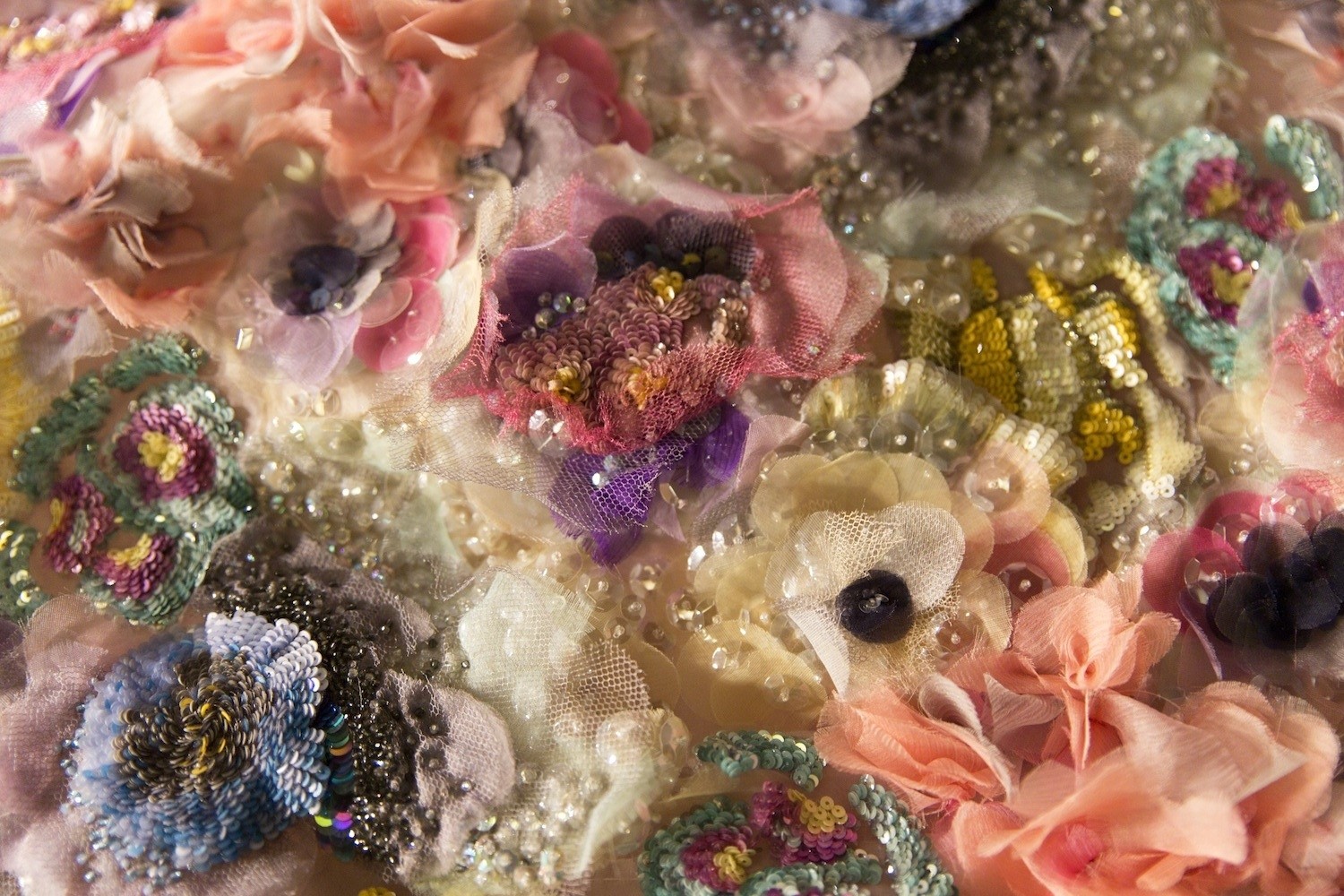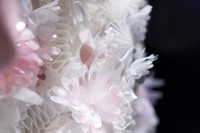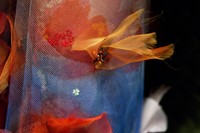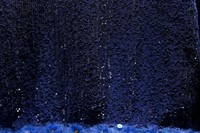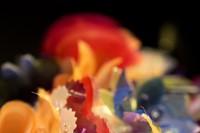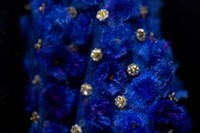Chanel’s Paris headquarters are located in two adjacent eighteenth-century buildings on the Rue Cambon in Paris. Spread out over five floors above a street-level Chanel store, all are connected by the famous ivory carpeted, spiral staircase, which Gabrielle (Coco) Chanel herself once climbed. The haute couture salons are located in suitably splendid – if typically understated – inter-connecting rooms on the first floor. It is here that, twice a year, Chanel shows its most precious collection to clients who travel from across the globe to see it. And, in two unassuming glass fronted, ebony framed wardrobes, the clothes themselves, unveiled to press in a blockbuster presentation the morning before, hang. There are 72 looks in total.
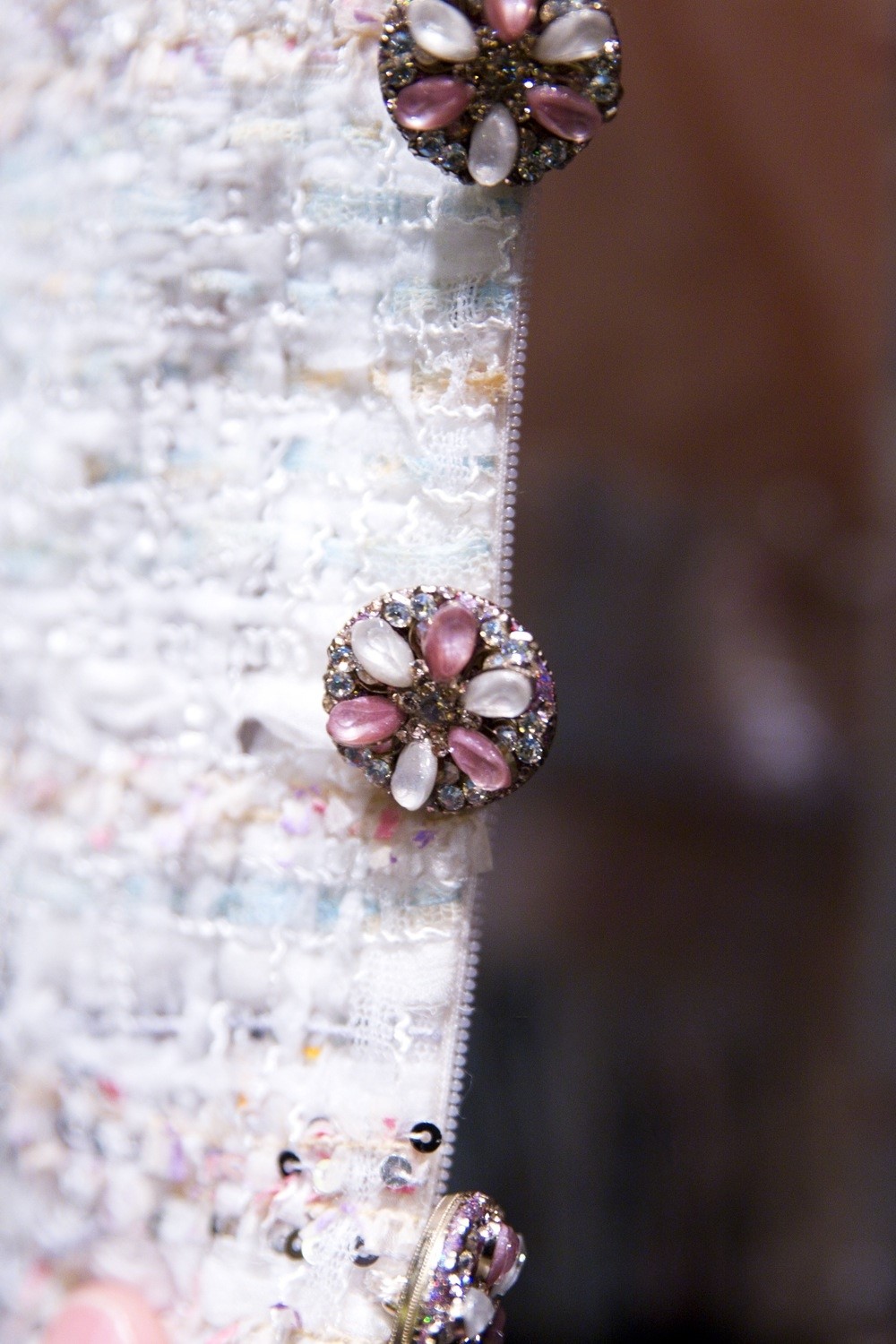
If the Chanel show – every Chanel show – is the single most anticipated, elaborately staged and choreographed event on any fashion calendar, the haute couture collection, is only really understood when seen up close. Each and every piece is stitched, embroidered, feathered and over-embroidered entirely by hand by the most accomplished seamstresses in existence, using techniques that stretch back over the centuries and fabrics which are the most precious of their kind. A mere few thousand women in the world will ever actually wear these clothes. Their numbers are restricted and often one-off. Certainly, no more than around ten of any model is produced.
"These are flowers God had forgotten to create. They don’t really exist these kind of flowers" — Karl Lagerfeld
M Lagerfeld himself says of this particular collection that the inspiration is flowers: "Why not?" he muses. "But these are flowers God had forgotten to create. They don’t really exist these kind of flowers." And here they are: camellias, of course, a time-honoured Chanel signature favoured by the house’s namesake, in the form of minutely jewelled buttons of all sizes, but also roses, poppies, anemones, peonies and more in a colour palette that is indeed more intense than nature ever intended, taking in shades of pink from apple blossom to fuchsia, iris, sunshine yellow, black, white and sap green. Flowers are created in everything from the finest silks to humble plastics, layered one over the other in ever more dense and intricate a manner.

No detail is spared and that includes the most delicate petals, stamen and even what looks like grains of pollen: they are, in fact, tiny beads. And, as the great haute couture tradition decrees, the insides of garments are just as beautiful as their densely embellished surfaces: a coat covered in sequins so small they look like fabric has a dazzling crimson quilted lining. Layer upon layer of silk tulle underskirts ensure the silhouette also resembles three-dimensional blooms.

In 2002, Chanel began its acquisition of many of Paris’s most feted haute couture ateliers, hives of industry that were facing obscurity and even extinction. In particular, in this instance, the work of master embroiderers, Lesage, and flower and feather specialists, Lemarié dominate.
"You know, I don’t even know how people can do it," the great man behind it all says of the men and women who work tirelessly behind the scenes to realise his vision. "For me it’s easy to say “I want this, this and this,” and make a sketch but you know the train alone [of the bridal gown, traditionally the closing look] took a month for fifteen girls to do. The train alone."
Stay tuned for the next My Year With Karl installment.
